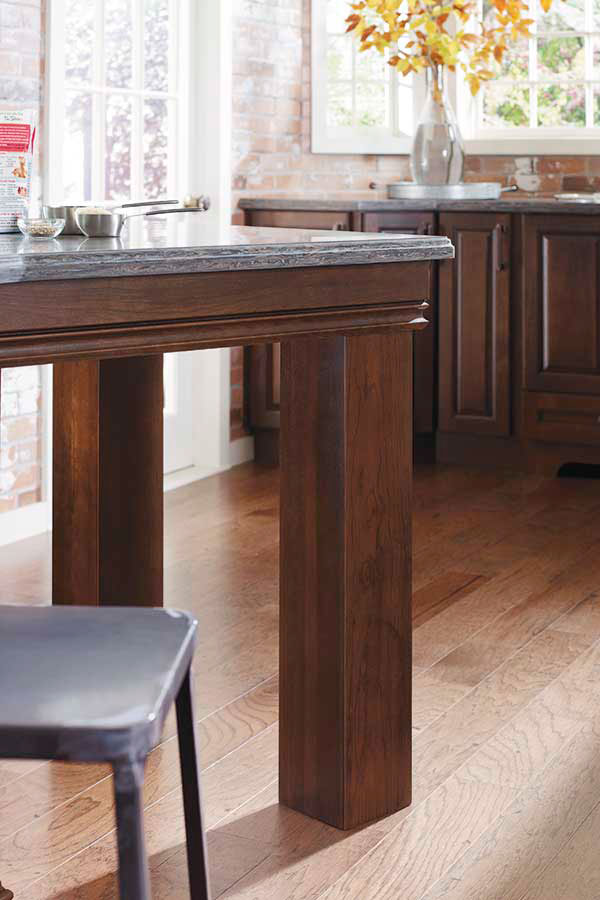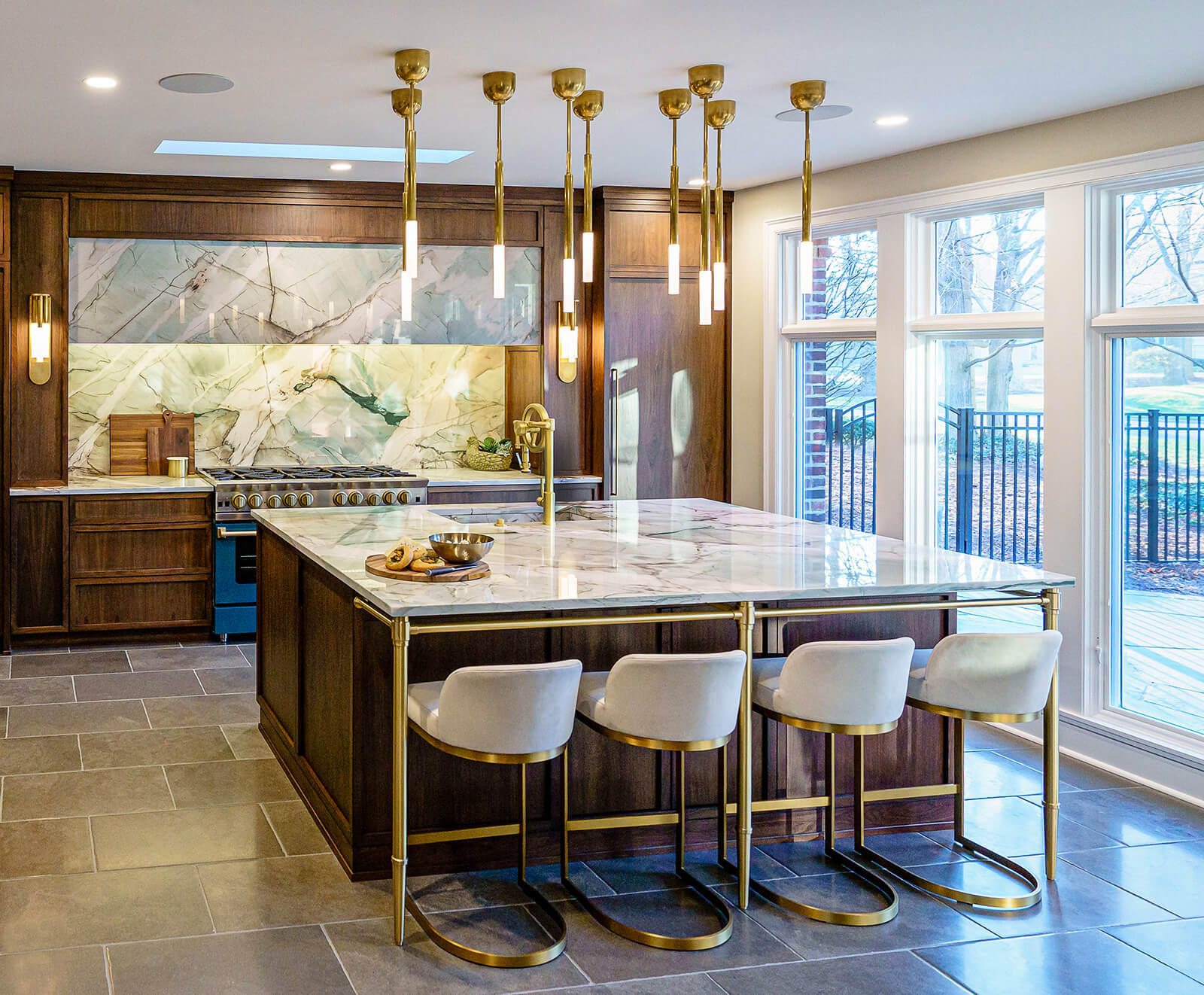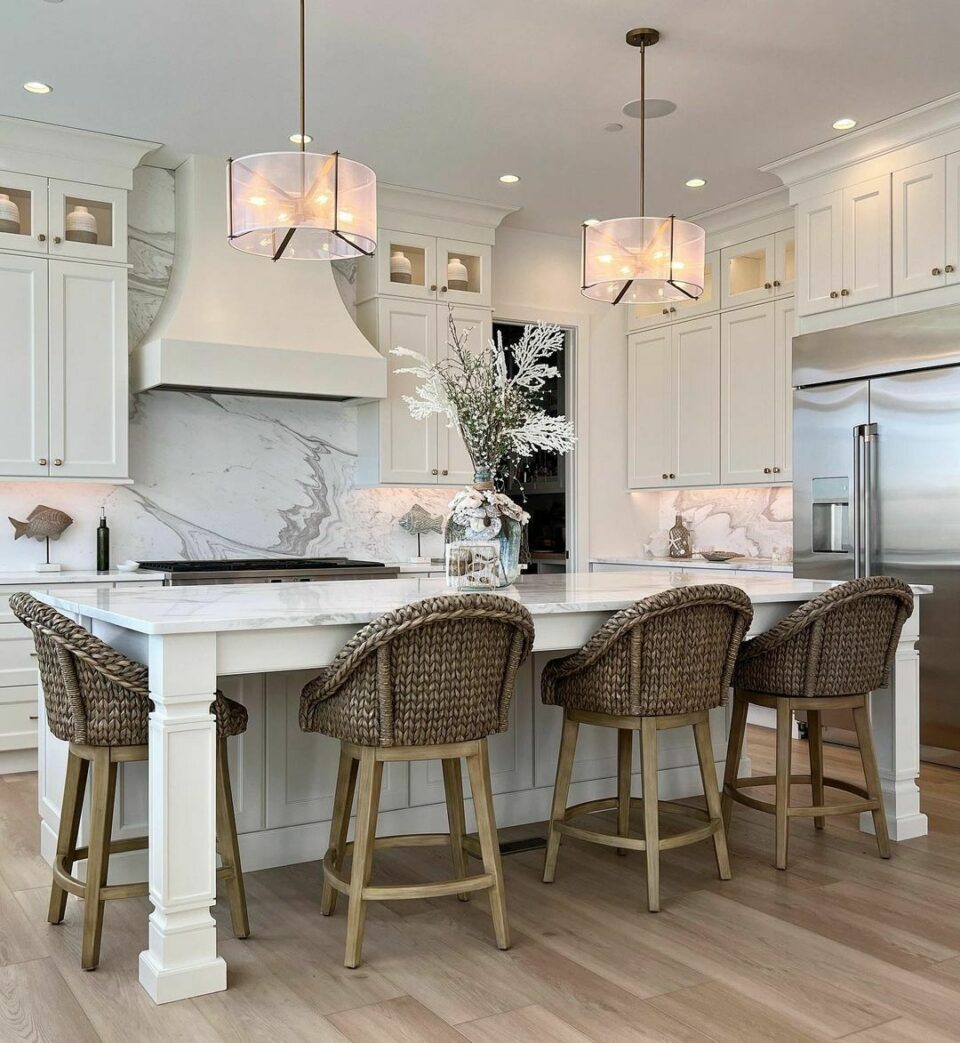Discover Modern and Classic Styles in Legs For Kitchen Island Projects
Discover Modern and Classic Styles in Legs For Kitchen Island Projects
Blog Article
Essential Variables to Take Into Consideration When Picking Legs For Kitchen Area Island
Selecting the proper legs for a kitchen island includes a careful evaluation of numerous elements that can dramatically influence both performance and visual appeal. As we discover these elements, it ends up being clear that each choice can have far-reaching effects for the overall kitchen area experience.
Product Options
When selecting legs for a kitchen area island, recognizing the various material choices is crucial for achieving both visual allure and architectural integrity (Legs For Kitchen Island). The option of product dramatically influences not only the longevity of the island but likewise its general layout and functionality
Metal legs, frequently made from stainless steel or wrought iron, add a industrial and modern feel while ensuring resilience and stability. These products are immune to use and can support considerable weight, making them perfect for larger islands.
Another alternative is crafted materials, like MDF or plywood, which can be much more affordable while still offering a range of coatings. Nevertheless, they may not provide the very same degree of security as strong wood or metal. Products such as acrylic or glass can create a modern appearance, though they may call for extra support to make sure stability.
Ultimately, the option of material for cooking area island legs must line up with the wanted performance and the overall motif of the kitchen area.
Design And Style

When taking into consideration design, the form and finish of the legs are crucial. Conical legs can provide a sense of agility and elegance, while thicker, more robust legs can convey strength and stability. Additionally, the surface-- be it painted, stained, or natural-- ought to match the cabinets and kitchen counter products to develop a unified appearance.
In addition, the design of the legs can also show personal preference. Personalized or ornamental legs, such as those featuring elaborate carvings or unique geometric forms, can act as prime focus, adding personality and character to the kitchen area. Ultimately, the appropriate selection will not only boost performance but additionally raise the aesthetic charm, making the kitchen island a standout attribute of the home.
Height Factors To Consider
Selecting the appropriate height for kitchen area island legs is crucial, as it straight impacts both functionality and comfort. The standard elevation for a kitchen island typically varies from 36 to 42 inches, aligning with usual counter top elevations. A 36-inch height is ideal for cooking and cooking, permitting comfortable use kitchen devices and tools. Alternatively, a height of 42 inches is usually chosen for islands planned for bar seating, suiting taller stools and using a casual dining experience.

It is also crucial to represent users' preferences and elevations. Customizing the elevation can guarantee a comfortable experience for all relative, making the cooking area island a more delightful and practical area.
Weight Assistance
Making sure sufficient weight assistance for kitchen island legs is essential for both security and capability. The kitchen area island usually serves numerous purposes, consisting of cooking, eating, and added storage, demanding a robust support framework. When selecting legs, it is vital to consider the general weight ability required based upon the island's planned use and the materials that will certainly be put on it.
The selection of material for the legs plays a significant duty in their weight-bearing capabilities. Strong wood, steel, and durable composites usually offer remarkable stamina contrasted to lighter materials. Additionally, my response the style of the legs-- whether they are right, tapered, or have a pedestal form-- can affect their ability to distribute weight effectively across the framework.
Moreover, the leg placement ought to be purposefully intended to enhance stability. Legs positioned at the corners or with a broader base can much better sustain larger loads. Always speak with the maker's requirements pertaining to load limits to guarantee that the legs can sustain the designated weight without jeopardizing security. In summary, choosing kitchen area island legs with appropriate weight support is vital for producing a risk-free and practical culinary space.
Setup and Maintenance
Proper installment and maintenance of kitchen area island legs are crucial for making certain durability and security. This usually includes safeguarding the legs to the island base utilizing ideal fasteners, making certain that the legs are level and lined up.
As soon as set up, normal maintenance is needed to preserve the stability and look of the legs - Legs For Kitchen Island. For wooden legs, regular cleansing with a damp fabric and application of suitable wood polish can protect against moisture damage and keep their coating. Metal legs may call for a mild cleaning option to get rid of grease and gunk, complied with by a completely dry cloth to avoid corrosion development
Additionally, examine the legs on a regular basis for indicators of wear or damages, here are the findings such as splits or loosened joints. Tightening up screws or screws as needed can also lengthen the my sources life-span of the legs. By adhering to these installation and maintenance techniques, property owners can ensure that their kitchen area island stays strong and aesthetically appealing for many years to find.
Final Thought

Visual coherence is critical in choosing the design and layout of legs for a cooking area island, as these elements greatly influence the general atmosphere of the area. Conical legs can give a feeling of agility and style, while thicker, more robust legs can convey strength and stability.Choosing the suitable height for kitchen island legs is important, as it directly affects both performance and comfort. In summary, selecting kitchen island legs with adequate weight support is important for creating a functional and secure cooking room.
In final thought, choosing legs for a kitchen area island requires careful consideration of numerous variables, consisting of material options, style, elevation, weight assistance, and setup.
Report this page